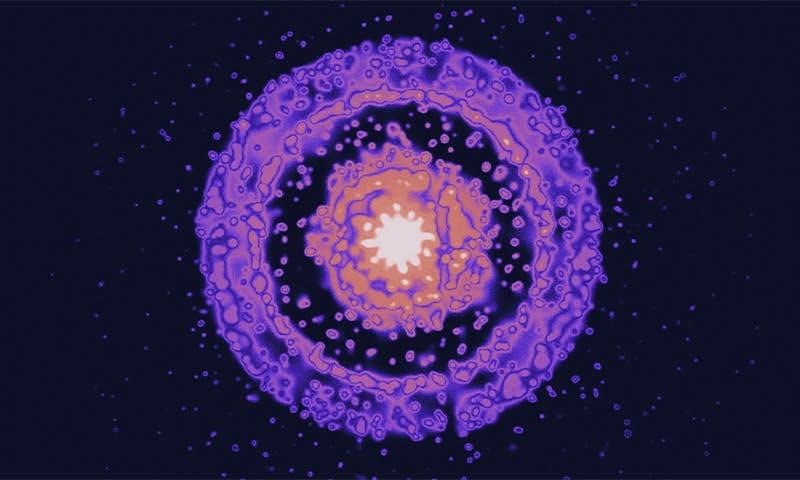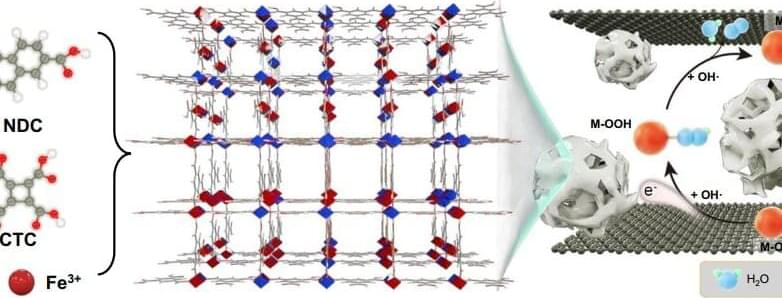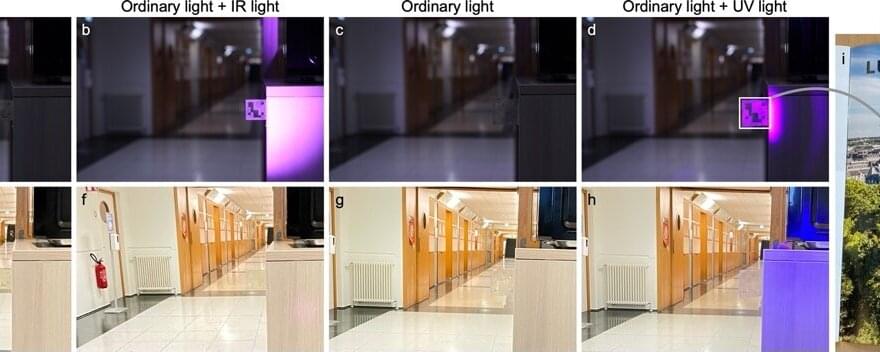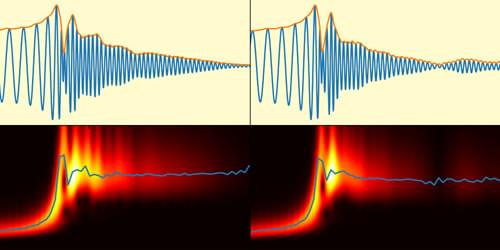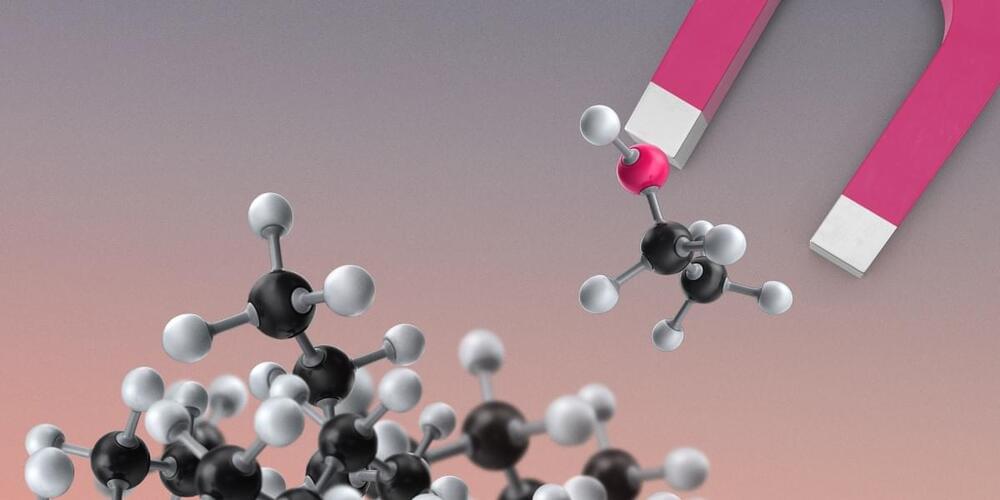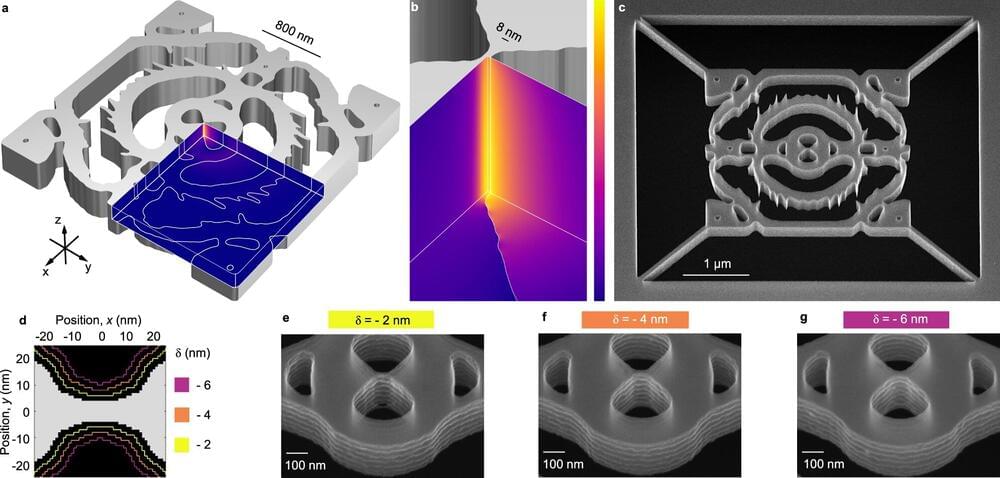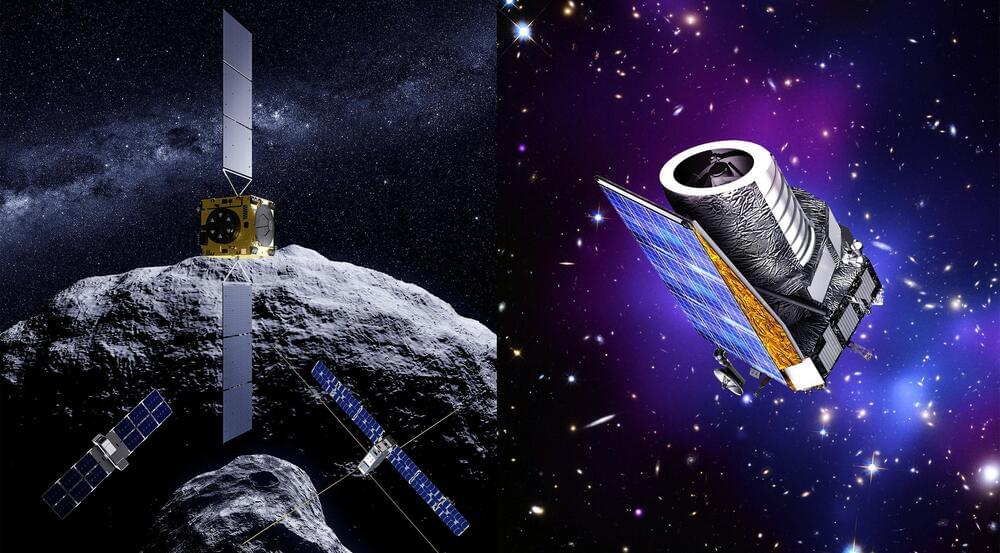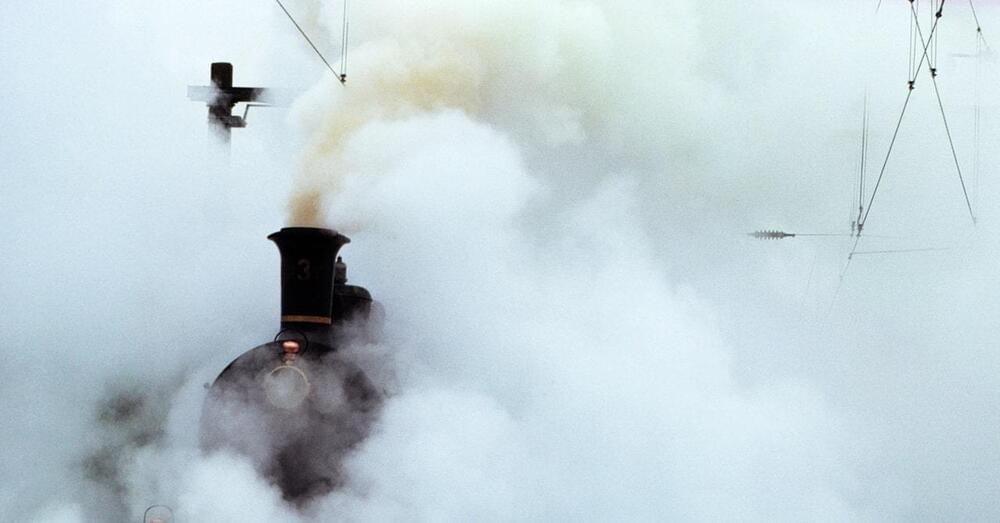O.o!!
On Sunday, October 9, Judith Racusin was 35,000 feet in the air, en route to a high-energy astrophysics conference, when the biggest cosmic explosion in history took place. “I landed, looked at my phone, and had dozens of messages,” said Racusin, an astrophysicist at NASA’s Goddard Space Flight Center in Maryland. “It was really exceptional.”
The explosion was a long gamma-ray burst, a cosmic event where a massive dying star unleashes powerful jets of energy as it collapses into a black hole or neutron star. This particular burst was so bright that it oversaturated the Fermi Gamma-ray Space Telescope, an orbiting NASA telescope designed in part to observe such events. “There were so many photons per second that they couldn’t keep up,” said Andrew Levan, an astrophysicist at Radboud University in the Netherlands. The burst even appears to have caused Earth’s ionosphere, the upper layer of Earth’s atmosphere, to swell in size for several hours. “The fact you can change Earth’s ionosphere from an object halfway across the universe is pretty incredible,” said Doug Welch, an astronomer at McMaster University in Canada.
Astronomers cheekily called it the BOAT—“brightest of all time”—and began to squeeze it for information about gamma-ray bursts and the cosmos more generally. “Even 10 years from now there’ll be new understanding from this data set,” said Eric Burns, an astrophysicist at Louisiana State University. “It still hasn’t quite hit me that this really happened.”
